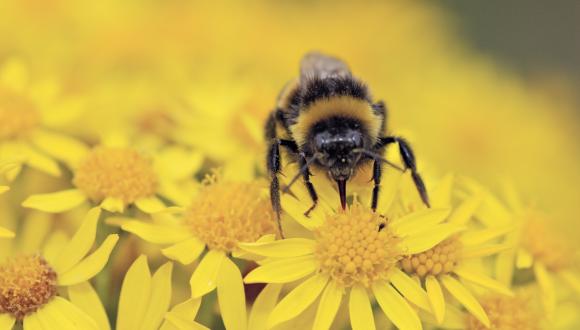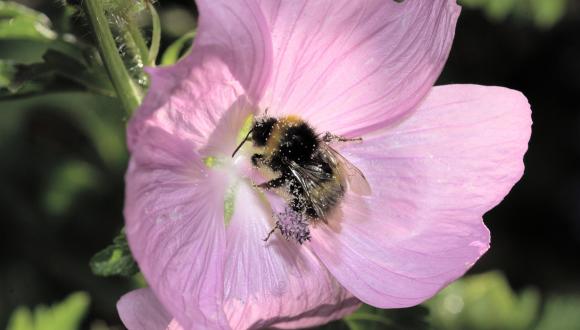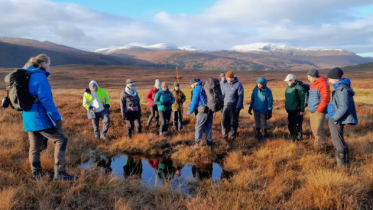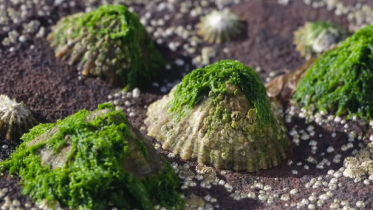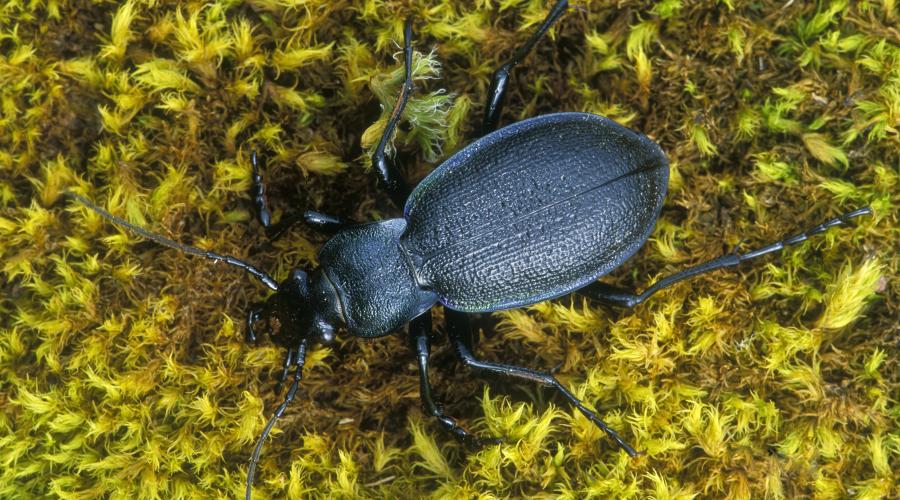
Beetles
Beetles are the largest group of insects, with about 400,000 known species around the world.
Beetles belong to the order Coleoptera, meaning ‘sheath winged’, which refers to their hardened forewings. Beetles range in size from 0.25mm to more than 17cm in length, and occur in almost every habitat.
One in four of all known animal species worldwide is a beetle. About 4,000 beetle species are found in the British Isles, of which about 2,600 occur in Scotland.
Most of Scotland remains poorly surveyed, however, and knowledge of our beetle fauna as a whole is patchy and incomplete.
Ecosystem roles
Beetles fulfil a range of roles in a healthy ecosystem, for example:
- many beetles are important pollinators
- dung beetles (especially scarabs) remove carcasses and vast quantities of dung from the environment
- carabid beetles can act as natural pest controllers for our crops and gardens
Leaving some areas overgrown or filled with leaves and twigs gives insects, frogs, toads and small animals a quiet and cosy place to hide during the colder months.
Problem species
Beetles that can do damage in Scotland include:
- heather beetle – which strips vegetation
- harlequin ladybird – a non-native invasive species that competes with our native species
Threats to beetles
Simplification of our arable ecosystems has reduced the number of useful beetle predators in our fields. Today, strips of grass may be deliberately left undisturbed in fields as beetle banks, in a bid to remedy this.
Some species in Scotland are of special conservation concern.
Protection of beetles
Find out about our protected species of invertebrate.
Learn about protected invertebrate species and licensing.
Record sightings
Find out how to submit records of harlequin ladybird sightings on the UK Beetle recording website.
